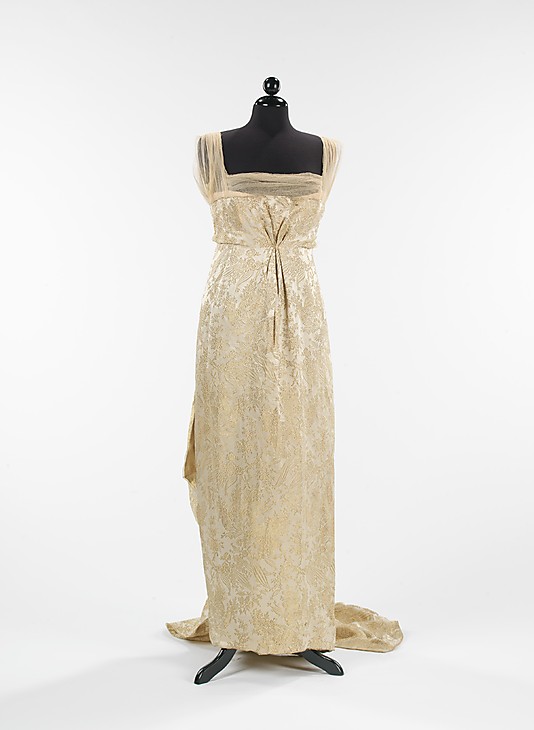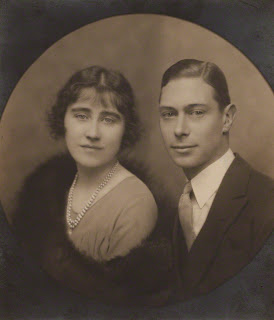Queen Mary's Dolls' House
1924
Queen Mary's Dolls' House is the largest, most beautiful and most famous dolls' house in the world. It was created as a gift to Queen Mary from the people, and to serve as an historical document on how a royal family might have lived during that period in England. It showcased the very finest and most modern goods of the period. It was made to a scale of one inch to one foot. is over three feet tall, and contains models of products of well-known companies of the time. It is remarkable for its detail and the detail of the objects within it, many of which are 1/12 replicas of items in Windsor Castle. These were either made by the companies themselves, or by specialist model makers. The carpets, curtains and furnishings are all copies of the real thing, and even the light fittings are working.
Royal gun makers James Purdey & Sons donated working replicas of King George V's guns, complete with leather case and a magazine of 100 tiny cartridges.
Every detail of domestic life is included, from lavatory paper, Lux flakes and Sunlight Soap, to a tin of Coleman's mustard and a bottle of Lea and Perrins Worcestershire Sauce.
In the living quarters, chamber pots can be seen under every bed, trouser presses await use in the men's bedrooms, and reading material is on hand for the servants.
The front foyer has working chandeliers and the grandfather clock chimes on the hour. The paintings were commissioned by well known artists. The hand carved ceiling is etched with gold leaf. The floors are real marble.
The King's Rooms are a cosy, quintessentially ‘English’ masculinity in their design, with the bedroom in particular being rather lovely with its soft peach bedhangings on the stately Lutyens designed bed, walls painted to resemble Chinoiserie wallpaper and comfortable furnishings. There’s also a lovely ceiling painted by George Plank with a flower covered trellis that is actually a musical stave with the national anthem picked out in flowers.
The Queen’s apartments are extremely luxurious with ivory painted walls, gilt ornamentation and more than a hint of 1920s glamour about them. There is a wardrobe inspired by the aisle of St Paul’s Cathedral, lined with clothes cupboards and with a tiny Chubb safe intended for jewels.
The Day Nursery with every toy that a 1920s upper crust child could possibly want – toy soldiers, hobby horse, train set, a piano and Winsor & Newton paint set. There’s also a very contemporary touch with the excellent and rather stately gramophone, which is in full working order and comes complete with a set of tiny recordings of such patriotic classics as God Save the King and Rule Britannia. Additionally, there is a simple night nursery with a gorgeous ivory and applewood cot for the baby as well as miniature rusks, vaseline and a 2.54 cm long bottle for milk.
The Dining Room, lavishly appointed for entertaining on a grand scale. The inventory includes 48 champagne glasses, 24 oyster forks, 24 finger bowls and two pairs of asparagus tongs
In the kitchen, 2,500 tiny sections of oak recreate a wood-block floor.
A copper kettle made out of a King George V penny is on the stove and three ivory mice in a humane mouse trap are forever under the gaze of a ceramic cat.
The kitchen and pantry are filled with a wide variety of grocery and provisions, all in perfect packaging. Tiny jars of Tiptree Jam and Frank Cooper's Marmalade, boxes of Cadbury's chocolates, tins of Fry's Cocoa, McVitie's biscuits, Colman's Mustard and packets of Rowntree's toffees and sweets available to tempt the miniature inhabitants!
The Library
Each volume is leather bound, tooled in gold and bears Queen Mary's monogram and crown. Each volume has a tiny bookplate and each book was written by a contemporary author or poet specially for the Library, notably Sir Max Beerbohm, Walter de la Mare, Thomas Hardy, Arnold Bennett, Sir Arthur Conan Doyle, G K Chesterton and Rudyard Kipling among many others. A drawer in one of the cabinets contains drawings and watercolours by such artists as Mark Gertler, Russell Fling and Adrian Stokes.
and a teeny tiny book
Upstairs there is the saloon, a graceful space that was clearly designed for entertaining and follows the same eighteenth century aesthetic as the dining room with delicate, spindly legged chairs, beautiful shimmering gold embossed wallpaper and even a gorgeous little grand piano. There are portraits of both King George V and Queen Mary on either side of the fine marble chimney piece. The ceiling was painted by Charles Sims and it depicts 'The Children of Rumour with her Hundred Tongues' (a warning against gossip!) The sofas and chairs are upholstered in fine Aubusson style tapestry.
The grand piano with painted decoration was done by Thomas Matthews Rooke
The Queen's Sitting Room is furnished and decorated in a Chinese style. the walls are painted by Edmund Dulac, with water lilies and golden clouds. The glass cabinets are copies of those used by Queen Mary and are filled with miniature carvings in jade and amber alongside small ceramic ware pieces. The chairs are carved and painted to simulate bamboo.
The King's Bathroom
The bathrooms are fully plumbed, with a flushable toilet and miniature lavatory paper. The taps can produce hot and cold water in the bathroom with its green marble bath.
There is even a fully operational strong room to hold the Crown Jewels - weighing 1.5 lbs, rather than 1.5 tons.
The house also includes a fully stocked wine cellar filled with 1,200 thimblefuls of Champagnes, wines, spirits and beers from Berry Bros of St James's, London.
The Garage is stocked with six fabulous cars, supplied by Daimler, Sunbeam, Vauxhall, Lanchester and Rolls-Royce and painted in the royal livery colours of black and scarlet. There’s even a Rudge motorbike with sidecar, a fire engine and their own petrol pumps and equipment.
The first two levels
I like this picture because it really shows the scale of the dollhouse. When the dollhouse was taken off exhibit it was packed away in 45 boxes weighing four and a half tons.
The information for this post came from several sources including Madame Guillotine and dollhouses and miniatures.
















.jpg)
























;+Queen+Victoria+1898.jpg)

